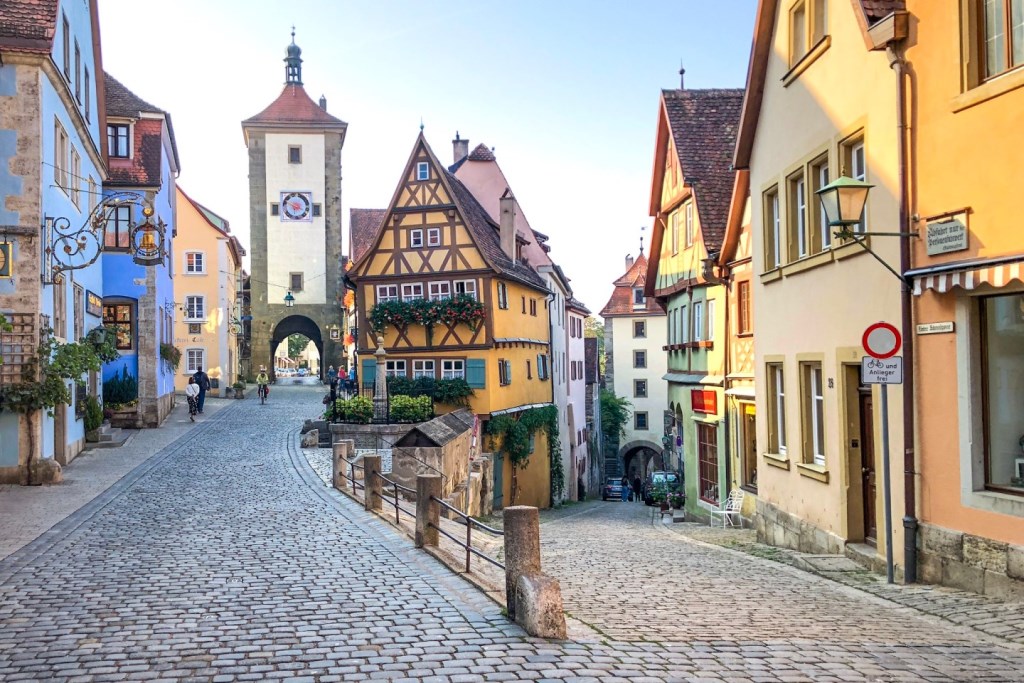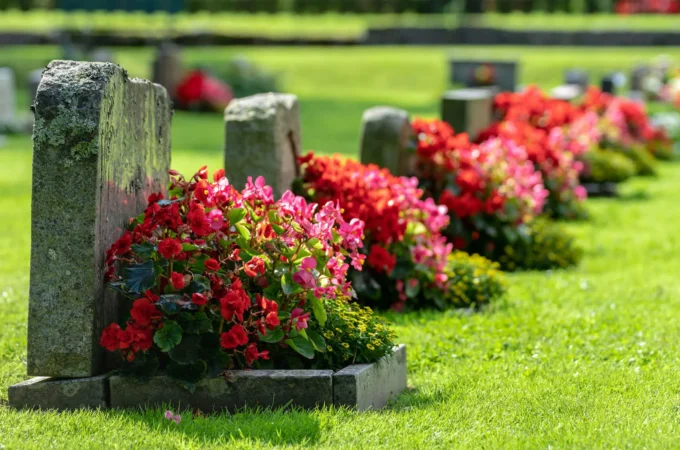
Germany’s Romantic Road
Despite the name, the popular driving route called the Romantic Road doesn’t have much to do with romance. It is however a route through some of the most scenic areas of Southern Germany, taking in castles, lakes and pretty villages. It’s also fairly unknown outside Germany, so if you’re looking for a European trip with a difference, it could be the ideal choice.
What is the Romantic Road?
The “Romantic Road”, along with similarly-named routes across Europe is the invention of a 1950’s tourist board campaign. The route starts in Wurzburg, and heads south towards Germany’s border with Austria. Pass through typically German pretty villages, see the famous Neuschwanstein Castle, or take a detour of the road to explore larger cities like Munich. The entire distance of the route is only around 350km but that doesn’t mean the aim is to complete it as quickly as possible. It’s more about taking your time, stopping off as often as you want to see the nicest villages on foot. At the end of the route, continue south into Switzerland, travel back through Austria or just retrace your route north to where you started.

Getting There
Most travellers start at the north and work their way south, and this is the obvious choice for UK drivers bringing their own vehicle. Wurzburg, where the route starts, is 6 hours and 30 minutes from Calais, following a route through Brussels, Cologne and Frankfurt. Any one of these major cities has ample accommodation and options for staying over, or picking up supplies at supermarkets. Once you’re in Wurzburg and ready to set off on the Romantic Road you’ll find it well signposted with special brown markers – look for Romantisch Strasse in German. There’s even a dedicated website in English to point out the main attractions to see along the way.
What Shouldn’t We Miss?
Don’t miss the quaint medieval walled town of Rothenburg ob der Tauber, one of the prettiest towns in Germany which has worked hard to maintain its traditional appearance. If you think it looks familiar it’s probably because the town is a popular filming location which has appeared in both Chitty Chitty Bang Bang and two Harry Potter movies. At the southern end of the route is the fairytale Neuschwanstein Castle, which inspired Disney’s iconic castle too. This is one of the most popular places to visit in the south of Germany so book your tickets in advance. Part of the joy of the Romantic Road is finding your own favourite places, by taking time to stop off and explore rather than just following other people’s ideas of what’s worth seeing.

What Do I Need To Know About Driving in Germany?
German roads are very well-maintained, and driving is largely straightforward, once you get used to being on the opposite side of the road. The unlimited speeds of the autobahn aren’t something you’re going to experience on the Romantic Road route, which uses smaller A-roads to encourage exploration rather than just getting from A to B in the quickest time possible. The standard limit outside built-up areas on A-roads is 100 km per hour, and in towns, 50 km per hour. The drink drive limit in Germany is lower than in most of the UK excluding Scotland, so the best advice is not to risk it by having a beer and getting behind the wheel.
Your insurer will probably be happy to cover the risk of you driving in Germany but it’s always best to phone and check before heading for the coast. Make sure your car is in good condition for a long journey – book it in for service if one is due, and go online to make sure your MOT is current and your tax isn’t about to expire. Book your ferry crossing or space on the Channel Tunnel trains, and plan your route. Don’t forget the passports and EHIC cover for all the family too. Travel insurance is essential too, either single-trip or annual cover for the year. Change your sterling into euros and check your mobile phone package. Some contracts will cover use of your phone overseas but not all. If yours doesn’t, think about getting an international calling card to meet the costs of calls to family and friends back in the UK.




